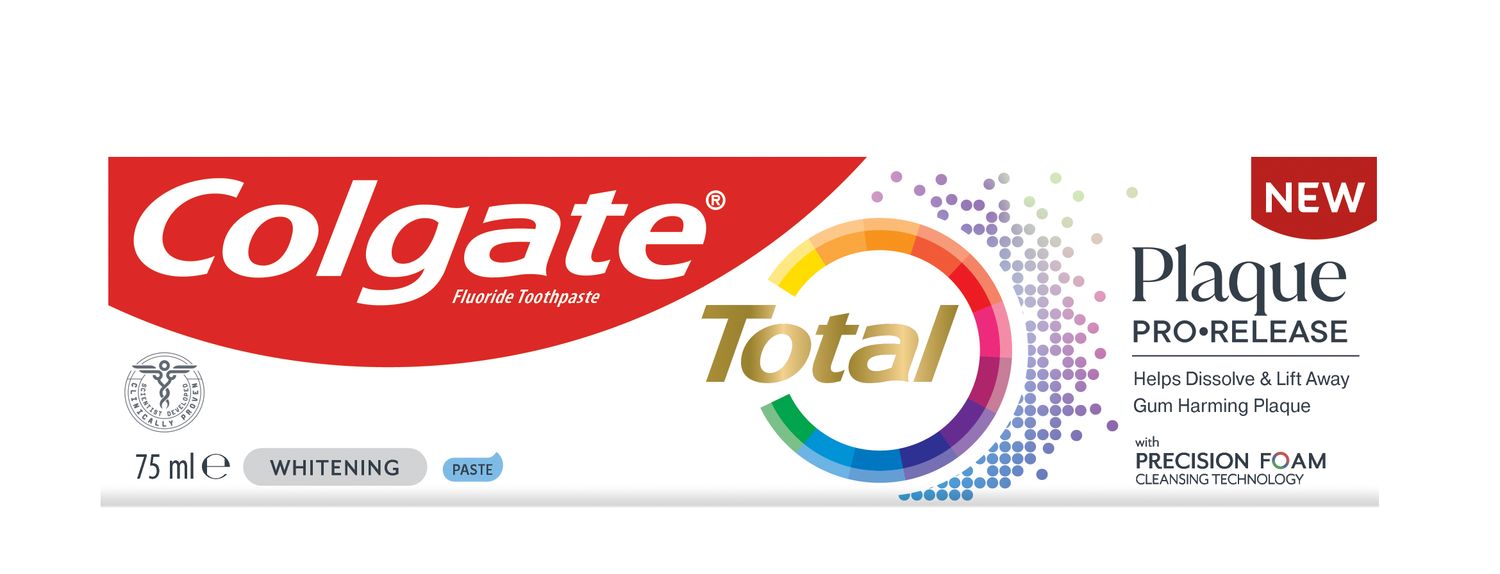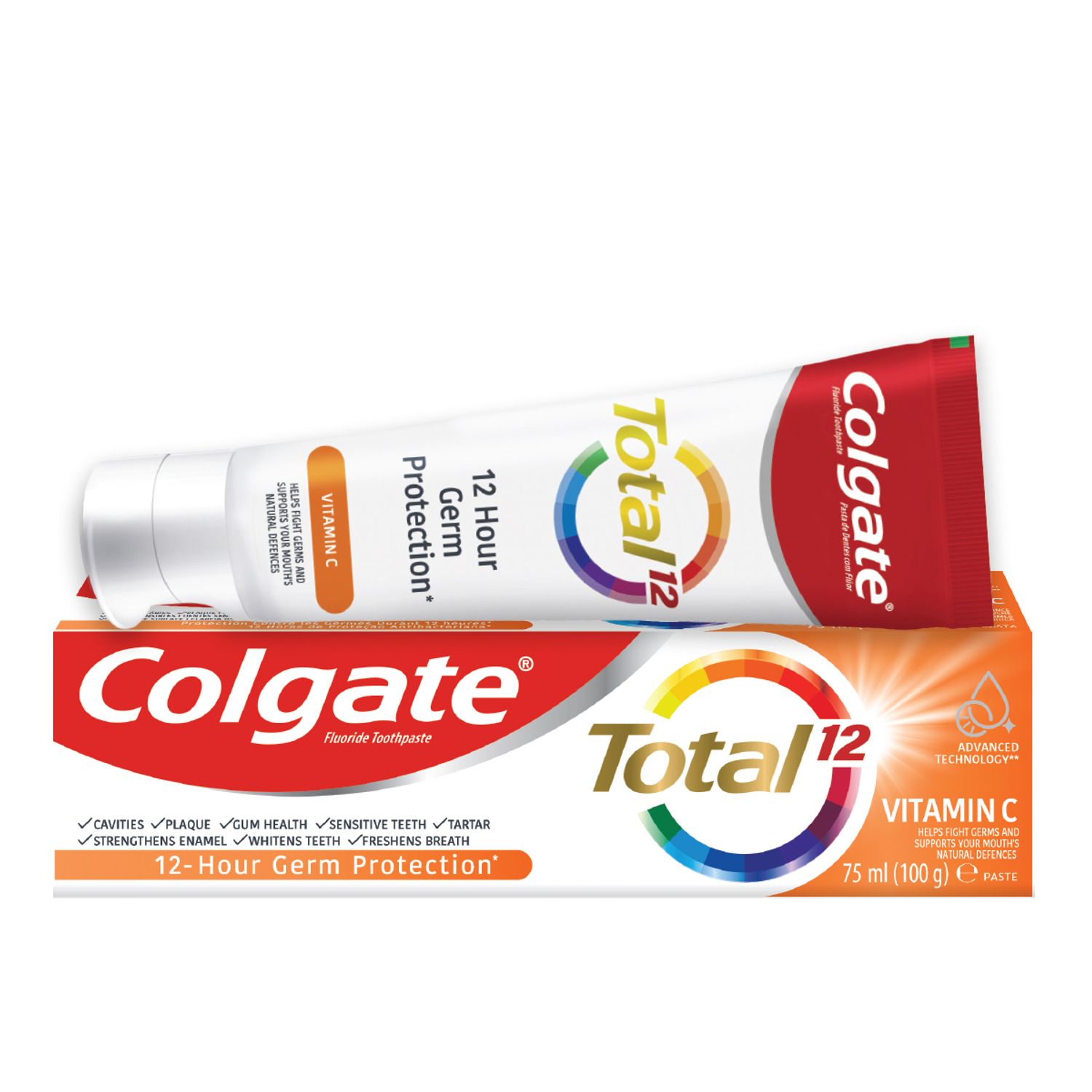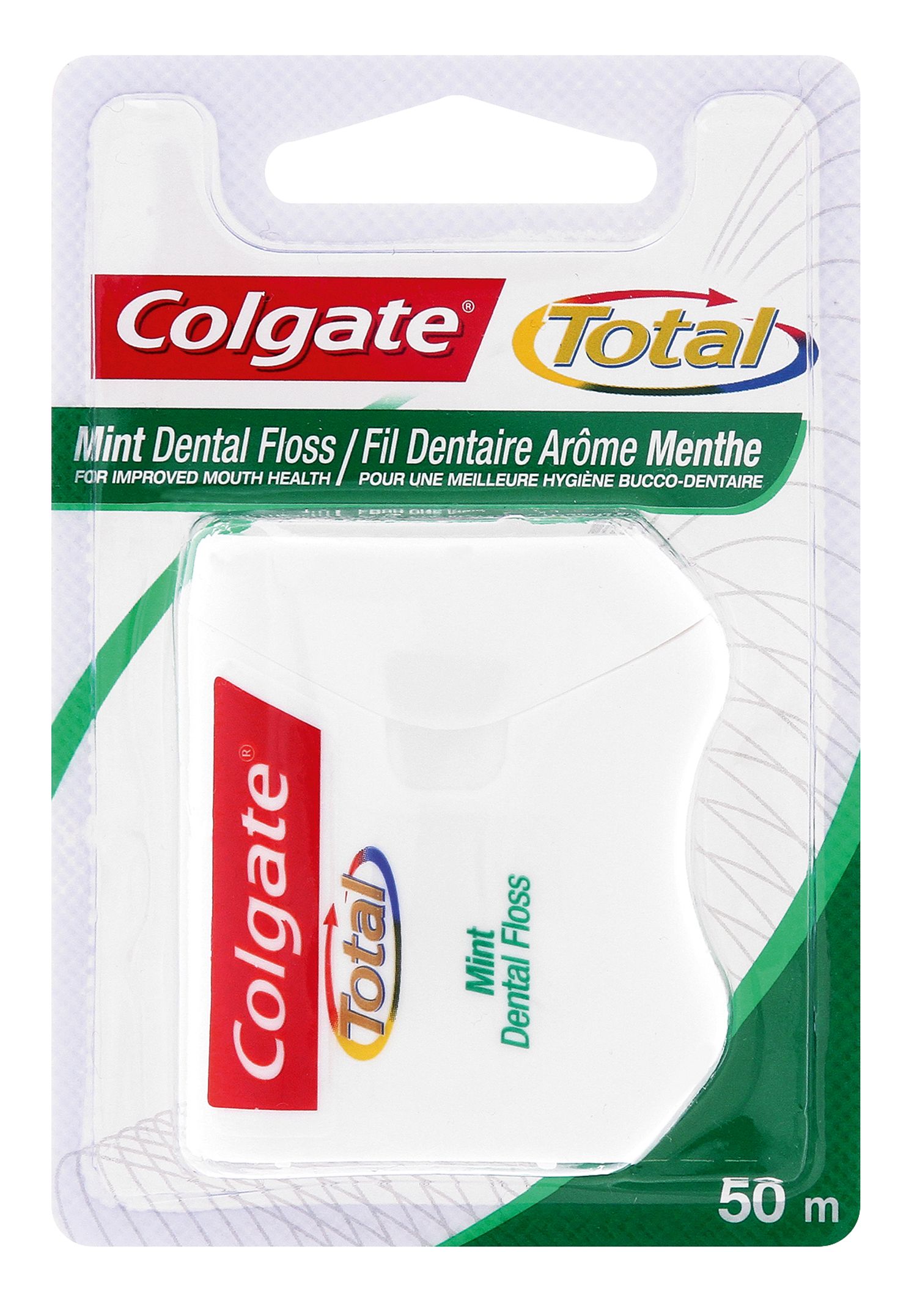There are many options on the market when it comes to braces. Each type offers different benefits, and prices can vary considerably from one option to the next. Read on to learn more about the variety of braces available, and speak to your dentist for more detailed information on the potential options and the range of costs involved.
Why Braces?
Braces straighten a misaligned bite by using gentle, constant pressure to shift teeth over a period of months or years. An orthodontist determines your braces treatment plan after first performing a comprehensive oral exam, usually with X-rays, full-mouth scans and dental impressions.
Besides specialising in straightening teeth, orthodontists are trained to understand and predict muscular and skeletal growth in the face and jaws. They are equipped to solve problems that the average person with a rubber band and a mirror definitely can't tackle without putting their oral health in extreme danger!
Braces for Kids
The American Association of Orthodontists recommends a child's initial visit to an orthodontist when you first recognise an orthodontic problem, and by age 7 at the latest. A child typically has enough adult teeth by age 7 for an orthodontist to assess the developing teeth and jaws.
The orthodontist may conclude either that your child should start treatment immediately, that orthodontic work can wait a year or two, or even that no treatment is necessary. Besides braces, they might also recommend treatments or appliances like a palate expander.
Braces for Adults
Just because you're currently writing cheques to your teenager's orthodontist, that doesn't mean braces can't benefit adults as well. Adults may not have received orthodontic treatment during childhood to fix oral problems, such as overbites and underbites, crooked and crowded teeth, and jaw positioning issues. Those mouth conditions may cause problems, such as tooth cavities, gum disease and speaking or biting problems, so fixing them can mean more than a cosmetic lift.
Regardless of your age, braces aren't one-size-fits-all. There are multiple brace types that your orthodontist might recommend.
Options for Braces
- Also referred to as traditional braces, metal braces are ideal when it comes to tooth overcrowding. They give your orthodontist the ability to move teeth in small increments and are often less expensive than other cosmetic options or aligners.
- If the classic metalmouth look doesn't appeal to you, lingual braces are secured to the back of the teeth. An important difference between lingual and ordinary braces is that lingual brackets must be customised to fit your teeth. An impression of your teeth is first taken and then sent to a dental lab to create customised brackets. After six weeks, the brackets are ready to be cemented to the backs of your teeth by an orthodontist. This extra fabrication means that lingual braces often cost more.
- Ceramic braces have a similar design to metal braces, but a more subtle appearance. The braces are made of transparent ceramic, and the wires can also be transparent. While traditional braces are ideal for crooked and overcrowded teeth, ceramic braces are geared toward patients with less serious alignment issues. Your orthodontist will be the one to determine if ceramic braces are the proper treatment option.
- Staying on the custom-made theme, removable aligners provide an alternative to traditional braces. Made of clear plastic and resembling mouth guards, you can easily remove them before eating and for cleaning purposes. Most dentists recommend that they be swapped for a new, slightly different set every few weeks to gradually shift teeth. Although clear aligners are available as mail-order kits on the internet, only an in-office visit with an orthodontist can determine if your teeth, jaw and gums are healthy enough to support shifting with an appliance.
With so many different options, you are sure to find the right type of braces to suit your personality, needs and budget. Speak to your dentist to learn more about the various possibilities and their respective costs.














